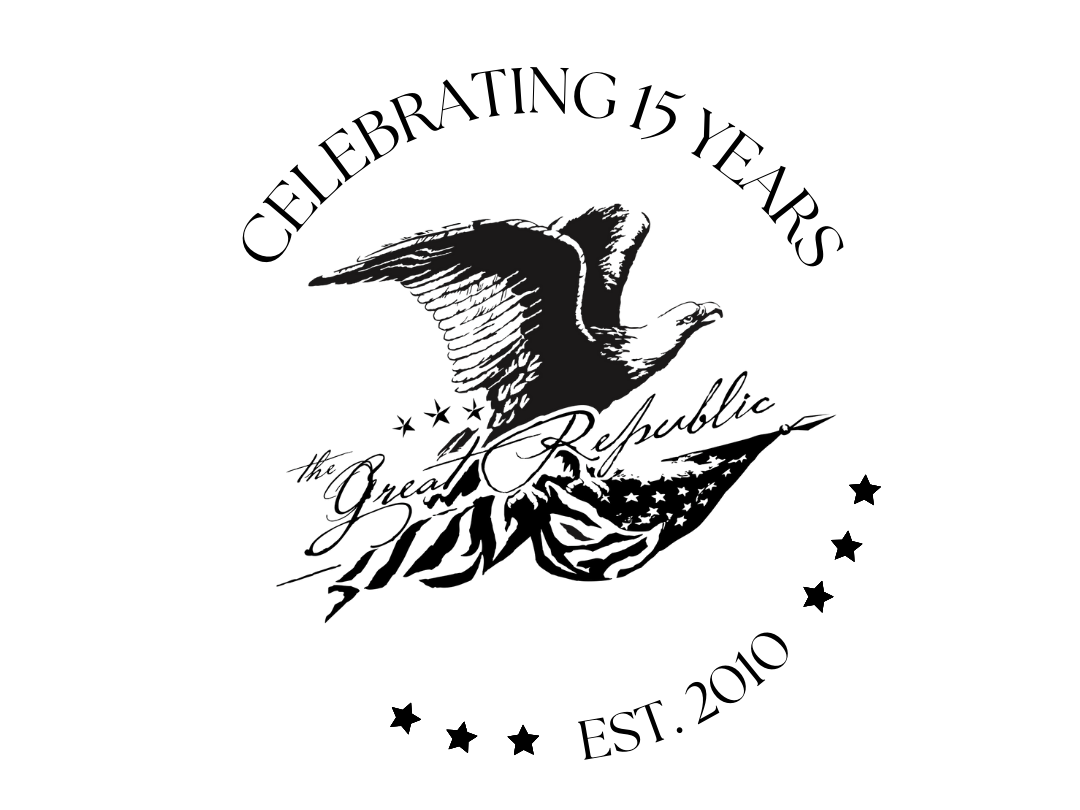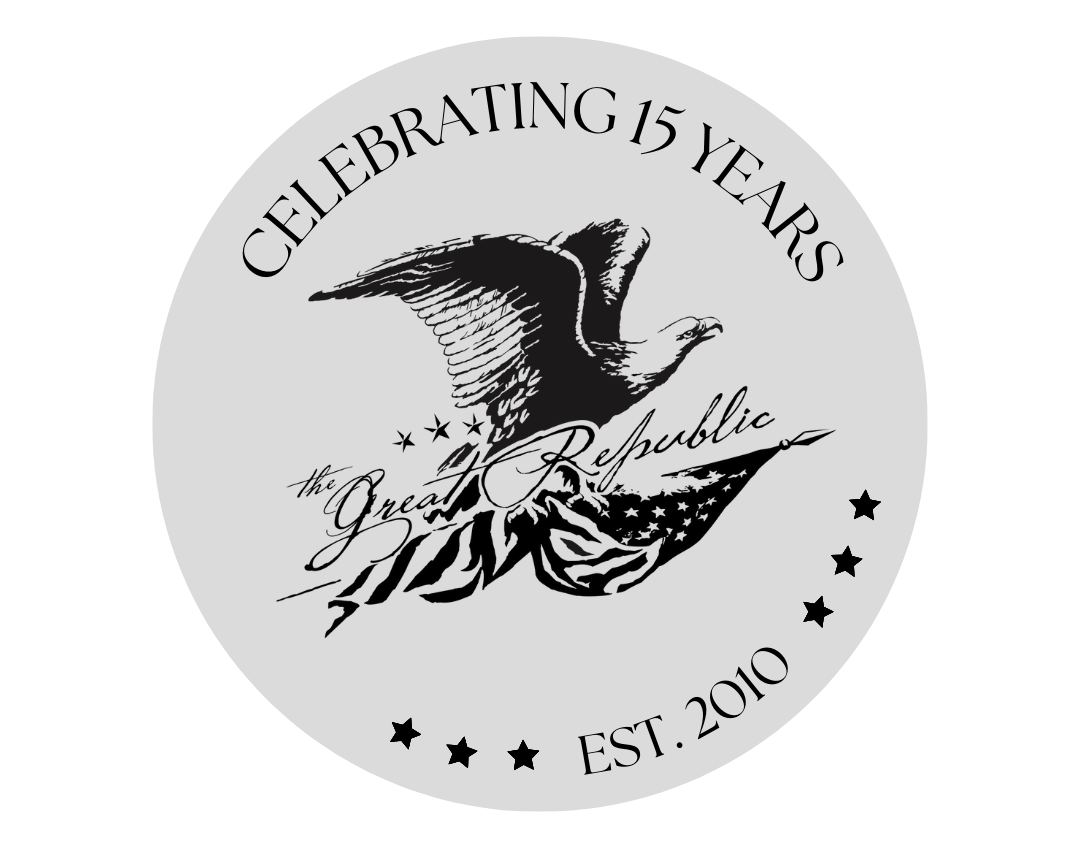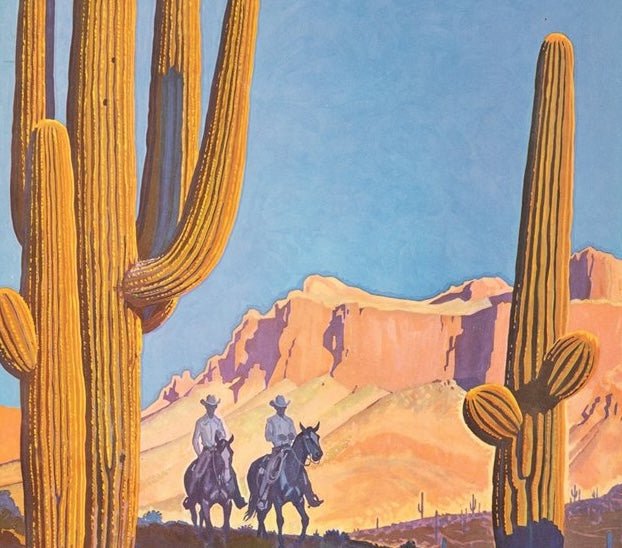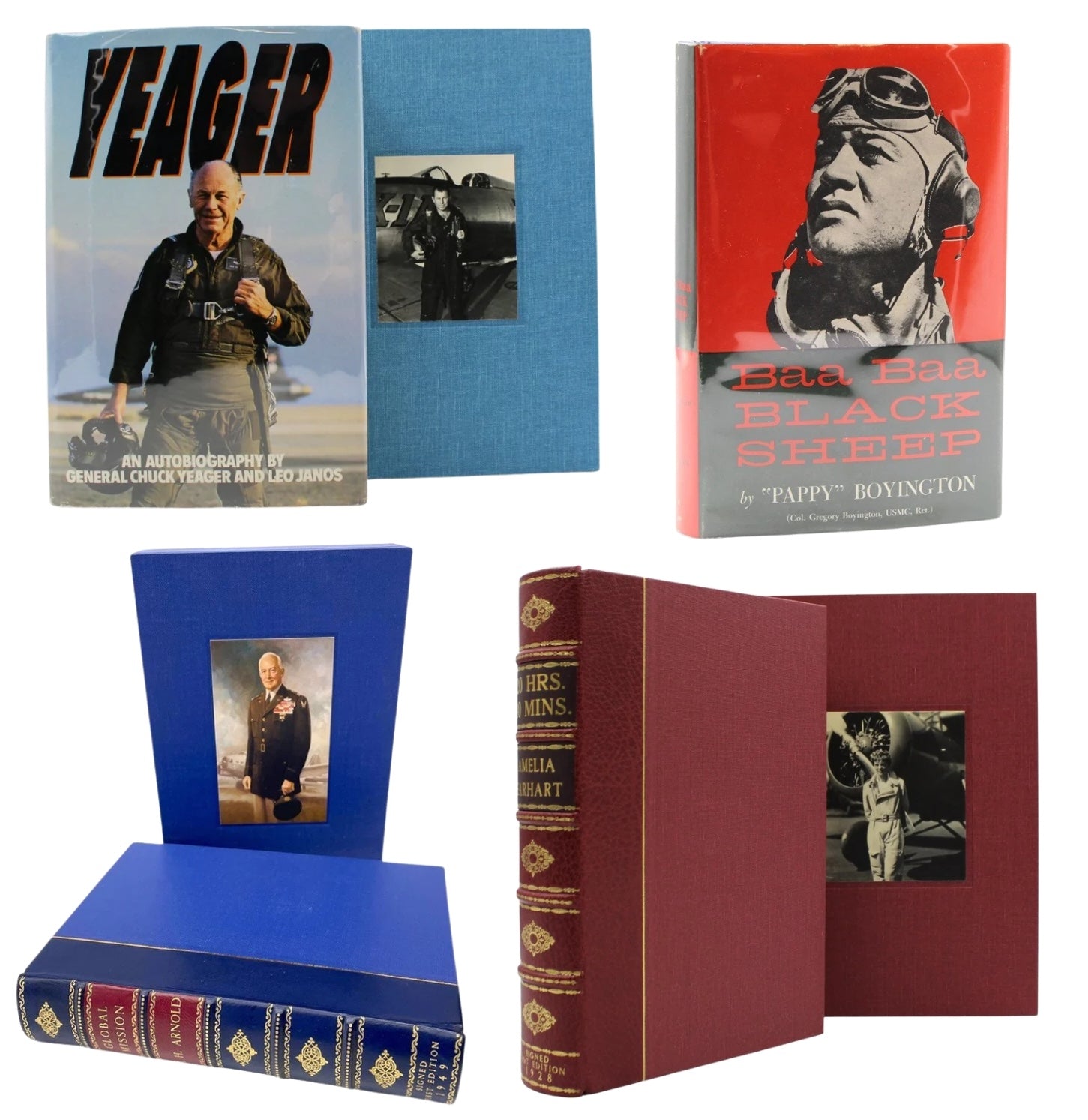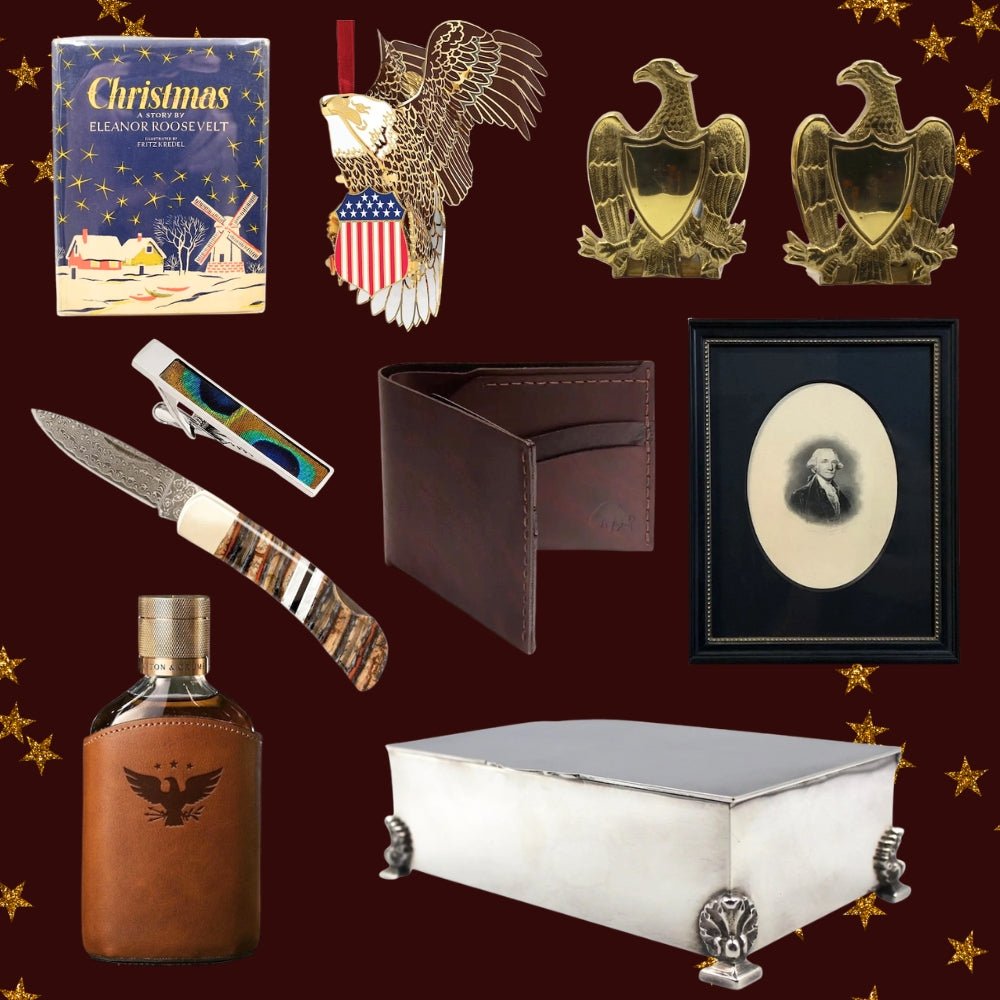42 Stars on a 7th Cavalry flag
A new month brings along new arrivals to our store. We recently acquired and framed up this impressive 42-star guidon flag, used by the 7th Cavalry. The flag dates to the late 19th century and tells a story of its own.
This is a 42 star swallow-tailed guidon flag, printed on cotton. It includes a stenciled “7” over crossed swords on the fly, representative of the 7th Cavalry Regiment. The flag also has a stenciled “C” indicating the specific troop. This 7th Cavalry parade guidon flag was found in a wooden crate at Fort Sheridan, outside of Chicago, in the early 1970s. It was uncovered when the fort was being decommissioned. It is believed that the parade guidon was originally made for recruitment efforts at the Presidio in San Francisco, California, circa 1889. Sometime after that, the flag was transferred to Fort Sheridan and used periodically for parades and ceremonies.
Interestingly enough, the 42-star flag was never actually an official flag variant. The 42nd state to be admitted to the Union was Washington on November 11, 1889. Just a few days prior, North Dakota, South Dakota and Montana were also admitted. As a result, flagmakers started creating 42-star flags. However, the official American flag was not to be adopted by the government until the 4th of July following the states’ admission. Right before that date, on July 3, 1890, Idaho received statehood, bringing the official flag to 43 stars. Thus, any 42-star flags that were made in advance of the official 43-star flag were never actually considered official, and became obsolete.
Several frontier regiments were created following the end of the Civil War. The 7th Cavalry Regiment was formed in 1866 and played a prominent role in the U.S. Army, particularly during the Indian Wars. It was led by Lieutenant Colonel George Armstrong Custer through famous battles such as the Battle of Washita and the Battle of the Little Bighorn. Following Custer's death, the regiment was led by various commanders, including Colonel James W. Forsyth, who took command in 1886. At its peak, it was made up of some 850 men, with over 40% being foreign born, including many from Ireland and Germanic states.
This is an impressive and beautiful example of U.S. flag and army history. Its stars are presented in six rows of seven against a dark blue canton. The swallow-tail design is sharp and striking, and the stenciled Cavalry print is still prominent, even through a slightly soiled field. The flag is elegantly framed according to archival standards and would make a stunning display in any home or office.
